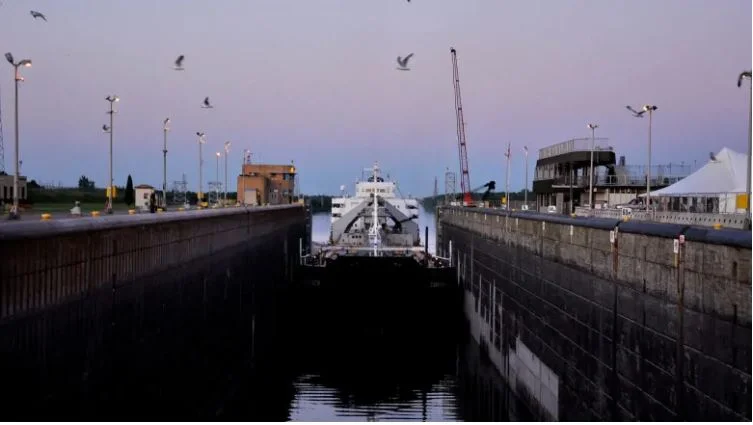The Ottawa, Canada, headquartered Chamber of Marine Commerce doesn’t like new ballast water regulations released by Transport Canada. In fact, Its president and CEO, Bruce Burrows, calls them “a half-baked solution.” The Chamber says the new regulations “unfairly target Canadian ship operators—who have spent billions of dollars on new fuel-efficient, eco-ships—while giving an extra six years for compliance to owners of older vessels, including those of virtually all U.S. ships operating in the Great Lakes-St. Lawrence inland waterway.” The Chamber says this “creates an unlevel playing field between Canadian and U.S. domestic fleets (which operate virtually all older vessels) and discourages further investment in new, more fuel-efficient ships that produce significantly lower greenhouse gases.”
St. Lawrence water levels could wash away more than $1B
Rising water levels in the St. Lawrence Seaway could cost the economy more than $1 billion, shippers and port operators say. A new study from the Chamber of Marine Commerce warns that opening the floodgates further at a dam in Cornwall, Ont., would wash away between $1 billion and $1.75 billion in revenue for businesses on both sides of the border. A board of control recently increased the flow at the Moses Saunders Dam — the only control point on the St. Lawrence Seaway, which includes the Great Lakes — to allow 10,400 cubic metres of water per second out of Lake Ontario.



